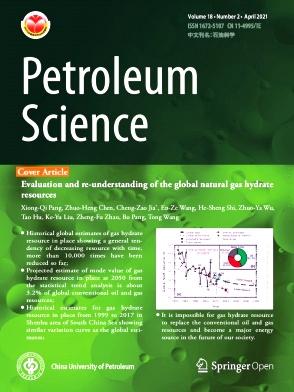Reactive transport modeling (RTM) is an emerging method used to address geological issues in diagenesis research. However, the extrapolation of RTM results to practical reservoir prediction is not sufficiently understood. This paper presents a case study of the Eocene Qaidam Basin that combines RTM results with petrological and mineralogical evidence. The results show that the Eocene Xiaganchaigou Formation is characterized by mixed siliciclastic-carbonate-evaporite sedimentation in a semiclosed saline lacustrine environment. Periodic evaporation and salinization processes during the syngenetic-penecontemporaneous stage gave rise to the replacive genesis of dolomites and the cyclic enrichment of dolomite in the middle-upper parts of the meter-scale depositional sequences. The successive change in mineral paragenesis from terrigenous clastics to carbonates to evaporites was reconstructed using RTM simulations. Parametric uncertainty analyses further suggest that the evaporation intensity (brine salinity) and particle size of sediments (reactive surface area) were important rate-determining factors in the dolomitization, as shown by the relatively higher reaction rates under conditions of higher brine salinity and fine-grained sediments. Combining the simulation results with measured mineralogical and reservoir physical property data indicates that the preservation of original intergranular pores and the generation of porosity via replacive dolomitization were the major formation mechanisms of the distinctive lacustrine dolomite reservoirs (widespread submicron intercrystalline micropores) in the Eocene Qaidam Basin. The results confirm that RTM can be effectively used in geological studies, can provide a better general understanding of the dolomitizing fluid-rock interactions, and can shed light on the spatiotemporal evolution of mineralogy and porosity during dolomitization and the formation of lacustrine dolomite reservoirs.


